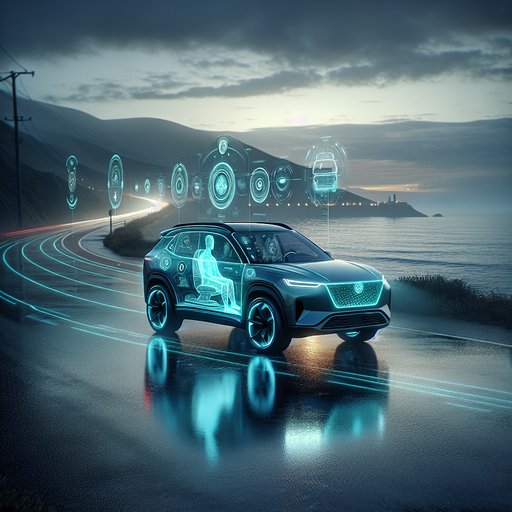
We spent a week and 620 miles with a 2025 Subaru Forester Limited equipped with the latest EyeSight suite and DriverFocus driver-monitoring to assess how its active safety and assistance systems perform in real traffic and variable weather.
Our test car was a 2025 Forester Limited (AWD, 2.5L boxer, CVT) fitted with Subaru’s newest EyeSight system, which uses dual color stereo cameras plus an added wide-angle monocular camera on upper trims. Blind-spot and rear cross-traffic functions rely on radar at the corners, while Reverse Automatic Braking uses rear sonar. The package includes pre-collision braking with pedestrian/cyclist detection, lane departure warning with steering assist, lane centering, full-range adaptive cruise control, emergency steering assist, road sign recognition, and DriverFocus infrared driver monitoring. Testing covered a dense urban grid, 200 miles of interstate, and rural two-lanes, plus controlled maneuvers on a closed lot with soft pedestrian dummies and a foam “vehicle.” We drove daytime and nighttime, in light rain, and on a slushy morning following a wet snowfall.
Instrumentation included a GPS data logger and camera mounts to verify system prompts, following distances, and intervention timing. Adaptive cruise control (ACC) engaged smoothly and tracked lead vehicles naturally, maintaining set gaps without the rubber-band effect. It can handle stop-and-go to a standstill and will hold briefly before requiring a tap or throttle to resume. Lane centering keeps the car planted with minimal ping-ponging on clean lane markings and remains usable in moderate curves at freeway speeds; on sharper ramps it asked for more steering input appropriately.
In construction zones with faded lines, the system relied more on the lead vehicle and sometimes disengaged—predictable and safer than guessing. Pre-collision braking performed confidently. In our closed-lot tests, the Forester consistently avoided impact with an adult-sized pedestrian dummy at urban speeds and significantly reduced speed with a crossing cyclist at higher approach speeds. Intersection support warned early for a fast oncoming crossing vehicle during a left turn and would initiate braking if the driver committed.
Nighttime pedestrian detection worked under good headlight illumination; heavy rain and a slushy windshield reduced detection distance, and the car alerted us that EyeSight’s vision was limited until the glass was cleared. Blind-spot monitoring is well tuned, with bright indicators and a decisive warning when a vehicle approaches quickly from behind. Rear Cross-Traffic Alert spotted a jogger and an approaching car we couldn’t see past a taller SUV, and Reverse Automatic Braking stopped the Forester short of a low obstacle during a deliberate backing test without a harsh jolt. Lane departure and sway warnings are subtle; the gentle steering assist nudge is effective but not overbearing.
DriverFocus detected eyes-off-road within a few seconds and issued a calm chime and message; it remained accurate with clear-lens glasses but was less consistent with dark polarized sunglasses. Overall, Subaru’s latest EyeSight is conservative, transparent about its limits, and genuinely helpful in reducing workload and mitigating risk. It’s not a hands-off highway system like some competitors, but for drivers who prioritize clear feedback and robust core safety—especially in mixed weather—the Forester’s suite delivers. Keep the windshield clean, expect occasional disengagement in poor lane markings, and opt for the DriverFocus package if you do a lot of night or commuter traffic driving.












